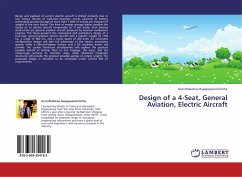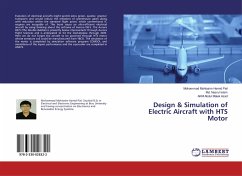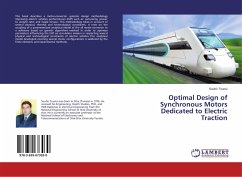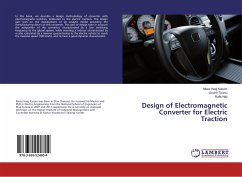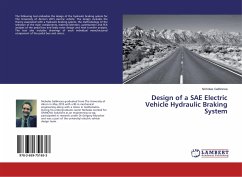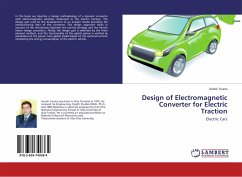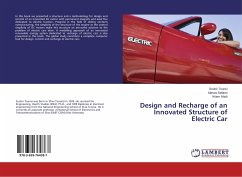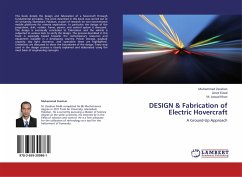Range and payload of current electric aircraft is limited primarily due to low energy density of batteries. However, recent advances in battery technology promise storage of more than 1 kWh of energy per kilogram of weight in the near future. This kind of energy storage makes possible the design of an electric aircraft comparable to, if not better than existing state-of-the art general aviation aircraft powered by internal combustion engines. This thesis presents the conceptual and preliminary design of a four-seat, general aviation electric aircraft with a takeoff weight of 1750 kg, a range of 800 km, and a cruise speed of 200 km/h. An innovative configuration design will take full advantage of the electric propulsion system, while a Lithium-Polymer battery and a DC brushless motor will provide the power. Advanced aerodynamics will explore the greatest possible extend of laminar flow on the fuselage, the wing, and the empennage surfaces to minimize drag, while advanced compositestructures will provide the greatest possible savings on empty weight. The proposed design is intended to be certifiable under current FAR 23 requirements.
Bitte wählen Sie Ihr Anliegen aus.
Rechnungen
Retourenschein anfordern
Bestellstatus
Storno

